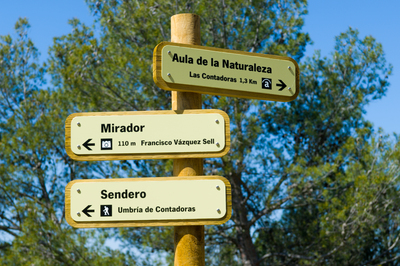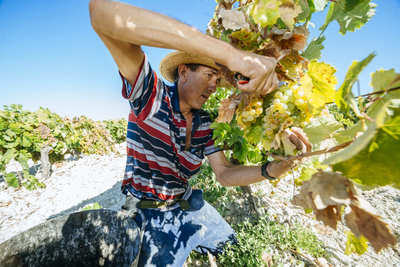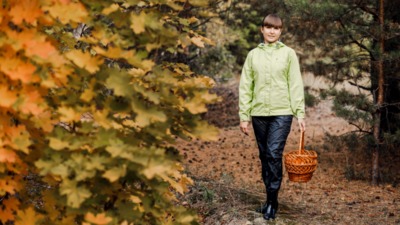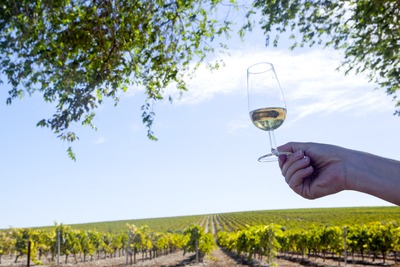Los Canutos de la Sierra del Aljibe in Los Alcornocales

In the foothills of the Cordillera Penibética, amongst narrow valleys and small streams, the last remains of an almost forgotten botanical past are hidden. A formidable natural jewel unparalleled in mainland Spain, which has remained intact for millions of years as a result of the extraordinary climatic conditions: Los Canutos de la Sierra del Aljibe.
The "canutos" are an unusual type of gallery forest. These are plant formations that extend along the banks of rivers and streams, and that consist of a dense mass of subtropical vegetation, more typical of the Mesozoic Era. The exuberant landscape and the wide variety of species present, have led them to be considered as the last jungles in Europe.
The main areas of distribution are located between Cádiz and Málaga, specifically in the natural of the Campo de Gibraltar, the Sierra de Grazalema and the Serrania de Ronda. In this case, there should be special mention for those included in the Alcornocales Nature Reserve, where the river Montero runs from the Sierra del Aljibe to the Barbate Reservoir.
To explore this fascinating area, the best route to take is the climb up to the highest point in the Nature Reserve, the Pico del Aljibe, which has an altitude of over a thousand metres. To reach the top the route takes you through an area with cork oaks and gall oaks covered with moss. The route is quite difficult but incredibly beautiful as it climbs up the steep mountainside. The ideal starting point is in the town of Sauceda which is well worth a visit where you can learn about its interesting origin and history.
In spite of the fact that walkers will need to make quite an effort, the spectacle to be enjoyed as you make the climb makes it all well worth while! The entire province of Cádiz, with its countryside, plains, hills and mountains, lays at your feet like a huge, magnificent fold-out map.
The route continues with the descent. The peaks fall into the distance and, as you approach the river you will start to appreciate the damp and misty grove. A dim light filters the gallery of trees, which lies along the very bed of the stream, causing the grove to grow disproportionately in height in search of a minimum thread of light. Holly, hazel, laurel and strawberry trees populate the banks of the river, while in the shaded areas you will find common hornbeams, a purplish indigenous relic of great botanical value.












